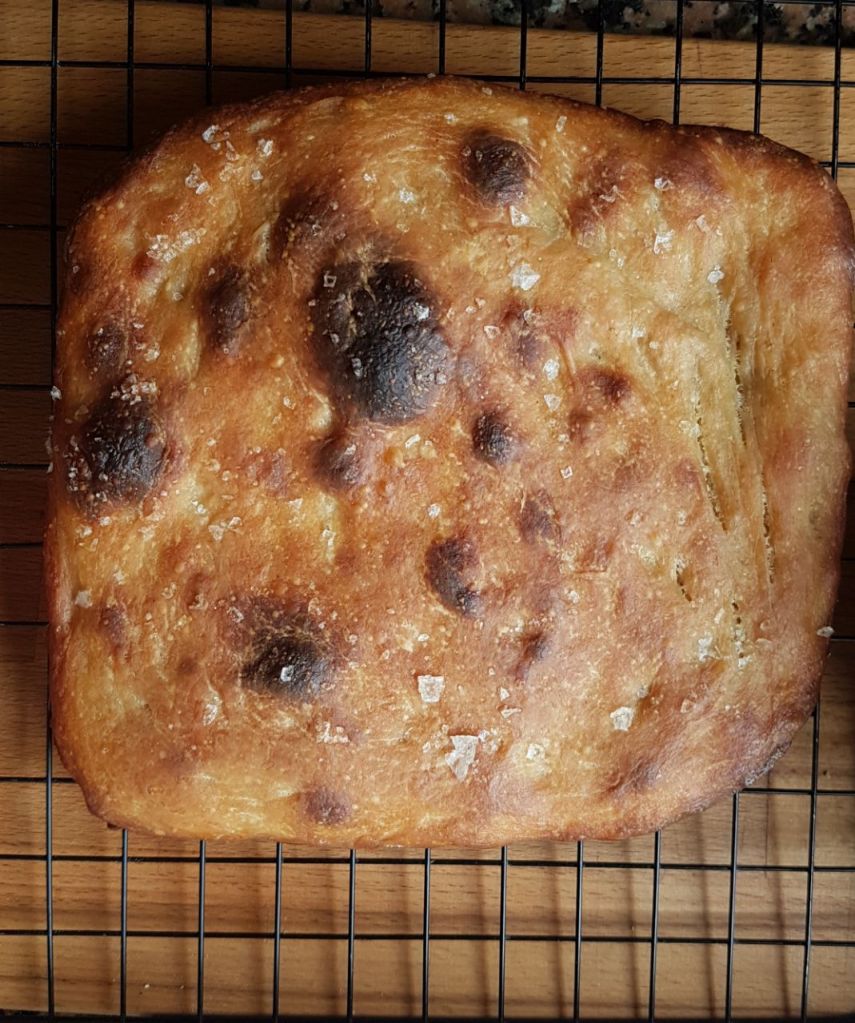
Today I bring you Roast Beef with Chinese Five Spice Gravy and Roasted Potatoes. A delicious recipe that, although it seems quite laborious, is really the oven the one who does most of the hard work.
The spices that make up this Chinese combo are cinnamon, star anise, Sichuan pepper, fennel seeds and cloves. A combination that, with a very little amount, gets an explosion of stunning flavour.
As for the potatoes, the recipe is an adaptation of the recipe of one of my cooking spiritual animals, British chef Jamie Oliver.
| Roast Beef |
| Ingredients |
• 1 kg. Beef.
• 1 onion.
• 2 carrots.
• Salt.
• EVO.
• 1 dessert spoon of 5 spice.
• 100 ml. white wine.
• 2 bay leaves.
• 250 ml. vegetable broth.
| Steps to Cook the Roast Beef |
• Seal the meat in a pan for a few minutes on each side until completely golden on the outside.
• Cut the onion into eighths and the carrots into chunks. Then season with five spice, a pinch of salt and a drizzle of oil. Stir well and make a bed with them on an oven tray.
• Place the beef on the bed of onions and carrots and sprinkle with 100 ml. of white wine.
• Put the 2 bay leaves in the tray and bake at 180 degrees Celsius for 40 minutes.
• Once the meat is ready, let it rest for at least 20 minutes before cutting.
• Recover the meat juices and vegetables from the oven tray, pour them into a container with 250 ml. of vegetable broth and blend until you get a homogeneous sauce.
• Put the gravy on the burner (medium / low) so that it reduces slightly.
• Cut the roasted beef into slices just before serving and cover with a tablespoon of gravy.
| Baked Potatoes (Jamie Oliver Style) |
• 8 potatoes.
• 3 tablespoons EVO.
• Salt.
• Thyme.
• Rosemary.
• Oregano.
• 30 ml. red wine vinegar.
• 4 cloves garlic.
| Steps to follow |
• Cook the potatoes for about 15 minutes or until lightly flaky.
• Drain the potatoes and place on an oven tray.
• Season with salt, thyme, rosemary, oregano and 3 tablespoons of EVO.
• Add 4 cloves of crushed garlic (skin on) with the palm of your hand or with a knife.
• Additionally, they can be splashed with 30 ml. of red wine vinegar.
• Bake for 45 minutes at 180 degrees Celsius. After that time, lightly crush the potatoes. Making them crack turns them even more crunchy.
• Bake again for 15 more minutes.













